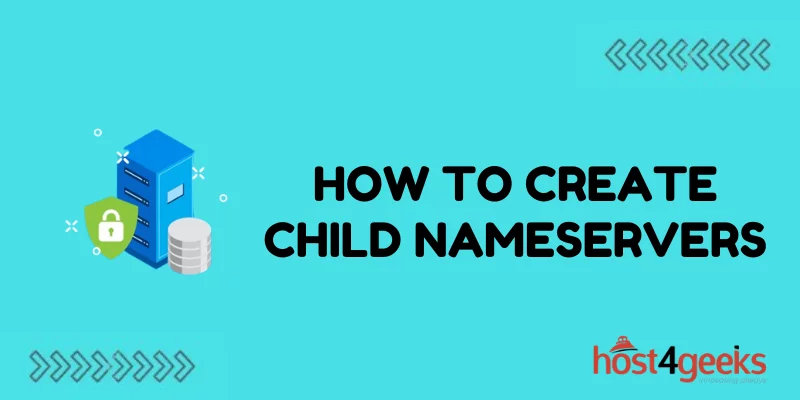Creating child nameservers can help improve redundancy and load balancing for your domain’s DNS infrastructure.
While the process requires some technical expertise, it is a worthwhile endeavor for high-traffic sites. In this article, we will cover everything you need to know to successfully set up child nameservers.
Overview of Child Nameservers
Before we get into the specifics, let’s review what nameservers are and how child NS works.
Nameservers are the databases that translate domain names into IP addresses. Every domain requires NS records that designate nameservers authoritative for that domain.
Child nameservers function subordinate to the parent nameservers. They share the same zone data and resolve names for the parent. Child NS adds another layer of redundancy, as the child servers can still function if the parent goes offline.
Adding child nameservers involves configuring new NS records and zone transfers from the parent. Traffic can then be distributed across both layers for better efficiency.
Benefits of Using Child Nameservers
There are a few key advantages to adding child nameservers:
- Redundancy – If your parent NS fails, traffic flows to the child with no interruption in resolving names.
- Load balancing – Distributing queries across multiple servers avoids overloading a single machine.
- Geographic diversity – Child NS can be in different regions, leading to faster local lookups.
- Partitioning – Child servers can divide management tasks, like handling subsets of zones.
- Security – Isolates zones and obscures primary NS IPs for improved defense.
For high-value domains that cannot afford downtime, child nameservers are a smart investment.
Prerequisites for Adding Child Nameservers
Before getting started, make sure you have the following ready to go:
- Access to edit NS records for your domain
- Available DNS servers to designate as child NS
- Zoning capabilities on child nameservers
- Working BIND or other DNS software
- Zone transfer privileges enabled
You should also verify connectivity between your child & parent servers. Ping echo requests can check for basic communication.
Once those prerequisites are met, we can move forward with the child NS setup.
Step 1 – Designate Child Nameservers
The first configuration step is updating your parent domain’s NS records to assign child servers.
- Log into your domain registrar admin console and navigate to DNS management.
- Create new NS records for each child server you want to add. For example:
ns1.child.mydomain.com
ns2.child.mydomain.com
- Save changes after adding child NS entries. This syncs the domain with the new delegation setup.
- Refresh DNS to clear caches from previous records. Propagation can take up to 48 hours.
Your domain is now directing traffic inquiring about DNS resolution to the child nameservers. But they will not function until we complete zone transfers to synchronize data.
Step 2 – Enable Zone Transfers to Child NS
For child nameservers to work properly, they need an identical copy of the zone file from the parent. This is achieved via zone transfers using DNS protocols.
Here is how to configure zone transfers from parent to child:
- In parent NS, grant transfer privileges to child IP addresses. Edit the allow-transfer access list:
allow-transfer {192.168.5.6; 192.168.5.7;};
- Communicate when transfers occur by setting also-notify to child NS IPs.
- Verify child can reach parent NS on TCP & UDP port 53 for transfers.
- On each child, define zone and enable notification plus file extraction:
zone “mydomain.com” {
type slave;
masters {192.168.5.5;};
file “db.mydomain”;
allow-transfer { none; };
};
Once configured correctly, the child should pull DNS data from the parent automatically.
Step 3 – Distribute Traffic Across Child NS
Now that everything is set up, the final step is balancing resource loads across child and parent nameservers. This maximizes efficiency and redundancy.
To distribute traffic without an external load balancer, configure weighted round robin (WRR) on your local DNS resolver. Set child NS to handle 40% of queries and parent the other 60%, for example.
monitoring tools like DNSPerf can validate distribution success across servers. Adjust weighting as needed until you find an optimal balance.
Wrapping Up
That covers the essential process for adding subsidiary child nameservers to reinforce your DNS infrastructure. Distributing queries for better performance and uptime.
Remember to always monitor child & parent connectivity along with up-to-date zone syncing. Automate transfers whenever possible and check in DNS data checksums weekly.
If you run into any problems with child NS resolution failures or access issues, revisit configurations and firewall rules. A step-by-step approach with testing at every stage helps minimize headaches.
